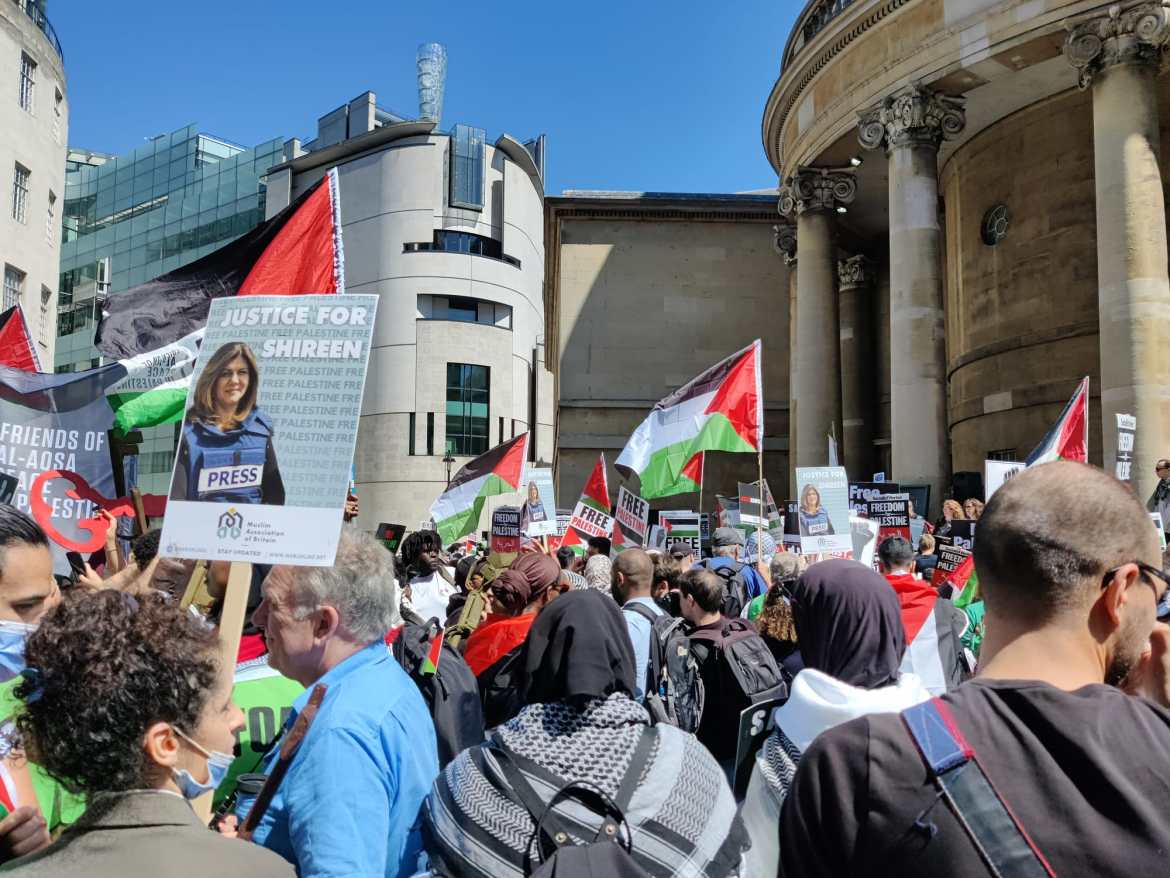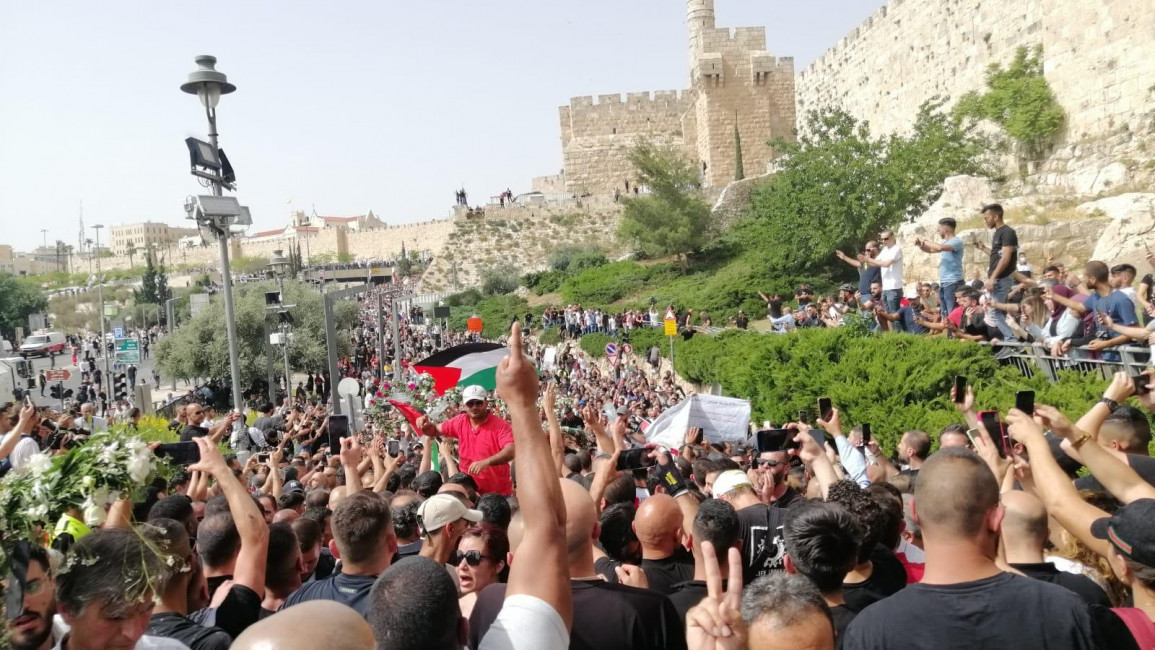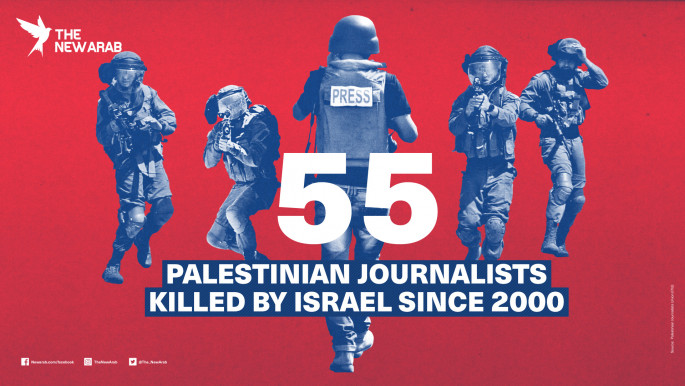Reality Privileged: Orwell/Huxley/McLuhan on Steroids
metaverse, global brain, social impact, your digital self
You can go through life with a thousand epigrams or deep quotes that you might come back to over two, four, six decades. Then, the disrupters pop up, those techno fascists, the tinkers and culture blasters.
These sociopaths who get the limelight then become part of a new set of epigrams, but not grand ones, but totally emblematic of a new normal of Triple Speak, Capitalism Porn, and the Stiff Arm to the Coders and their Masters.
It’s sad, really. Here, quality ones of very different and varied origins:
- Timothy 6:10 “The love of money is a root of all kinds of evil.”
- Pierre Joseph-Proudhon: “Property is Theft.”
- Karl Marx: “Private property has made us so stupid and one-sided that an object is only ours when we have it – when it exists for us as capital.”
- “It’s easier to imagine the end of the world than the end of capitalism.”
― Capitalist Realism: Is There No Alternative? - “It is capitalism, not Marxism, that trades in futures.”
― Why Marx Was Right
We don’t think you fight fire with fire best; we think you fight fire with water best. We’re going to fight racism not with racism, but we’re going to fight with solidarity. We say we’re not going to fight capitalism with black capitalism, but we’re going to fight it with socialism. We’re stood up and said we’re not going to fight reactionary pigs and reactionary state’s attorneys like this and reactionary state’s attorneys like Hanrahan with any other reactions on our part. We’re going to fight their reactons with all of us people getting together and having an international proletarian revolution.
―“Only from a capitalist viewpoint being productive is a moral virtue, if not a moral imperative. From the viewpoint of the working class, being productive simply means being exploited.”
― Revolution at Point Zero: Housework, Reproduction, and Feminist Struggle
One might wake up after two decades of capitalist slumber and feel like Rip Van Winkle while observing how deep the slide into those circles of capitalist hell we have all ended up. Exhumed from the grave all the felons, high and midddling, and then see that the world is still valorizing . . . Kissinger, Albright, Bush, Trump, Biden, Obama, et al. Shocks to the system every nano second. Capitalism with a gun, with a drug, with a bank.
Here, McLuhan:
Once we have surrendered our senses and nervous systems to the private manipulation of those who would try to benefit from taking a lease on our eyes and ears and nerves, we don’t really have any rights left. Leasing our eyes and ears and nerves to commercial interests is like handing over the common speech to a private corporation, or like giving the earth’s atmosphere to a company as a monopoly. (Marshall McLuhan rocketed from an unknown academic to rockstar with the publication of Understanding Media: The Extensions of Manin 1964.)
Concentrated power — information age, and now, it’s even so much worse, 60 years later.
Get these people’s aims and goals. These are the powerful, work with the powerful, are armies unto themselves, and they take no prisoners. We are all Luddites if we resist their machinations, their totalitarianism in skinny jeans, on the spectrum, vegan and all.
I’ll let the guy’s words flow here, longish. Monsters, really:
Marc Andreessen (“The Internet King on why the Internet is a force for good, on media conformity, the inevitable triumph of the WEIRD, Crypto, ‘Retards,’ etc. — Source) breaks down Reality Privilege:
Your question is a great example of what I call Reality Privilege. This is a paraphrase of a concept articulated by Beau Cronin: “Consider the possibility that a visceral defense of the physical, and an accompanying dismissal of the virtual as inferior or escapist, is a result of superuser privileges.” A small percent of people live in a real-world environment that is rich, even overflowing, with glorious substance, beautiful settings, plentiful stimulation, and many fascinating people to talk to, and to work with, and to date. These are also *all* of the people who get to ask probing questions like yours. Everyone else, the vast majority of humanity, lacks Reality Privilege—their online world is, or will be, immeasurably richer and more fulfilling than most of the physical and social environment around them in the quote-unquote real world.
The Reality Privileged, of course, call this conclusion dystopian, and demand that we prioritize improvements in reality over improvements in virtuality. To which I say: reality has had 5,000 years to get good, and is clearly still woefully lacking for most people; I don’t think we should wait another 5,000 years to see if it eventually closes the gap. We should build—and we are building—online worlds that make life and work and love wonderful for everyone, no matter what level of reality deprivation they find themselves in.
Here’s a thought experiment for the counterfactual. Suppose we had all just spent the last 15 months of COVID lockdowns *without* the Internet, without the virtual world. As bad as the lockdowns have been for people’s well-being—and they’ve been bad—how much worse would they have been without the Internet? I think the answer is clear: profoundly, terribly worse. (Of course, pandemic lockdowns are not the norm—for that, we’ll have to wait for the climate lockdowns.)

Is this an easy target? Am I just poking fun at culture, the new masters of the metaverse? Are we speaking two very “man who fell to earth” languages? Or, is this fellow above, misanthrope on a very pathetic scale? We know he’s got hundreds of millions, and he is the guru, and governments and the Titans of Media all have his ear.
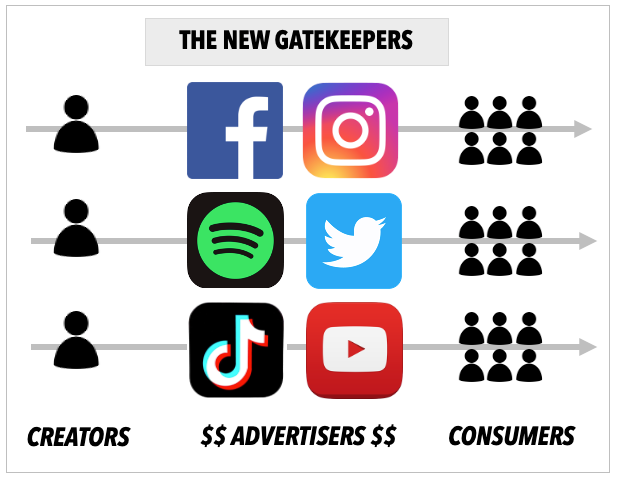
Oh, I have old people whispering how they feel for today’s kids, how they feel for the young adults who are stuck in this bubble inside a bubble. I hear them while they have grand machinations of flipping a home into a bank account and some smaller home. Too expensive in Pacific Northwest or California? Then, sell sell sell, and end up in Appalachia. Lewisburg. Get a home and two acres for $250K, and bank the rest, and be damned, the rest of the world.
Me-myself-I, that’s the reptilian brain angle these Titans of the Screen/Black Mirror in the Hand have going for them (not a great term, really, repitilian, but you get the picture — food, sex, water, fight or flight, flash, rest, run, jump, gobble, hump).

Get these stats, mom and pop, uncle and aunt, cuz:
In Chain Reactions, he writes about how stunning the scale of the internet has become; every minute on the internet:
- Netflix users stream 404,444 hours of video
- Instagram users post 347,222 stories
- YouTube users upload 500 hours of video
- Consumers spend $1,000,000 online
- LinkedIn users apply for 69,444 jobs
- TikTok is installed 2,704 times
- Venmo users send $239,196 worth of payments
- Spotify adds 28 tracks to its music library
- Amazon ships 6,659 packages
- WhatsApp users send 41,666,667 messages
- And 1,388,889 people make video and voice calls
Every minute. American adults spend over 11 hours interacting with digital media every day. Daily media consumption on mobile has grown 6x from 45 minutes in 2011 to 4 hours and 12 minutes in 2021.

The “entire world is a stage” is played out minute by minute, in Ukraine by the Zionist Comic Nazi-loving Jew (not-not), or the charades of Biden and the gang (media). Now? Every man, woman, child is an island — connected to the WWW — unto him-her-them SELF:

This is it, while the crocodile tears are spewing for the poor Ukrainians, and the trillion$ soon for guns, nukes, these idiots try a Jon Leibowitz Stewart thing: White House Correspondents’ Association Dinner on Saturday night. The dinner was shunned by Trump and canceled last year due to the coronavirus pandemic.
But then, they all are misanthropes, and again, the optics, man, the optics of the USA decaying while Biden shits his pants: “I’m really excited to be here with the only group of Americans with a lower approval rating than I have,” Biden joked to the Washington, DC crowd, referring to his own sub-40% polling and to surveys showing just 36% of Americans trust the mass media.
This is insane, of course, on many levels. It is the inside joke, and the giant overt joke. This is the spokesperson for the free world, and these are the minutes they spend in their spare time. All puppets, all wind-up dolls, and the media, they are the lever pullers. Behind the media? Oh, man, you don’t need a recap on who the monster men (a few women, too) are?
Okay, now down the other rabbit hole: Go to Alison McDowell’s work (Wrench in the Gears (dot) com) recently in Salt Lake City, following the LDS/Mormons capitalization of transhumanism, blockchain, social impact investing, cyber everything, internet of bodies, brains, babies. Slide show/stack here, Ignorance is Bliss?
Check out 36 videos looking into this dispicable system of mind-matter-money control: Transhumanism, CIA Enslavement, Faith and Technology, Digital Education. YouTube.
I have those discussions now, with former students, who want to know from me, what I think of Zoom Doom Rooms, or where I think education, both K12 and higher (sic), is going. Of course, the language we use is not always in synch, since I think the systems of education were flawed from the beginning, and that capitalism and fascism as it is delineated by GloboCap, set people up to accept lies, and the systems of oppression are about getting people to learn how to lie to themselves.
I’ve noticed a fascinating phenomenon in my thirty years of teaching: schools and schooling are increasingly irrelevant to the great enterprises of the planet. No one believes anymore that scientists are trained in science classes or politicians in civics classes or poets in English classes. The truth is that schools don’t really teach anything except how to obey orders. This is a great mystery to me because thousands of humane, caring people work in schools as teachers and aides and administrators, but the abstract logic of the institution overwhelms their individual contributions. Although teachers do care and do work very, very hard, the institution is psychopathic — it has no conscience. It rings a bell and the young man in the middle of writing a poem must close his notebook and move to a different cell where he must memorize that humans and monkeys derive from a common ancestor.
― Dumbing Us Down: The Hidden Curriculum of Compulsory Schooling
I talked recently with a teacher who knew me, and wondered where I was, in the substitute teacher stable. I informed her that this county, the school district, has banned me for pushing high school students to think about their own lives tied to stories like Of Mice and Men and Animal Farm, two books the teacher of record was having me, the substitute of record, work with. Amazing, I was frog marched out of the classroom and school, and there was zero recourse, no audience to be gained, and alas, I couldn’t defend myself: this is how one system of oppression works.
This fourth grade teacher went on and on about how oppressive it is to be that elementary grade teacher in this district, and how the higher ups, the school board, they have scorn for the teachers, the paraeducators, the staff.
Hell, I was teaching a community education class, and it took me more than a month and a half to be paid by the community college. This is the new normal, but not so new. This is the mentality whichruns the world. And, more and more people want to be their own boss, but their options are limited — really, a cinnamon roll shop, beads, candles, more deep fried oysters?
Capitalism is lovely, so creative, open, available for smart small and tiny entrepeneurs. Wrong!
Disdain, just like the fellow announcing that Reality Privilege is dead. The world of games, the world of on-line shopping, dating, hunting, driving, hiking, that is it for the world from here on in. Get on the phone, six hours a day, at least. Plug in.
Zoom Zelensky from Britain or Poland. Watch Sean Penn or Pelosi fly into some staged area, then, long-live the ZioLenksy Nazi, and then, more dialing for dollars. Stage left, masks on, start themusic, do the edits, cut cut cut, and then let the lies fly.
Reality. Here, from Farnam Street Articles!
“The effects of technology do not occur at the level of opinions or concepts,” wrote McLuhan. Rather they “alter patterns of perception steadily and without any resistance.”
In Understanding Media: The Extensions of Man, McLuhan proffered,
“A new medium is never an addition to an old one, nor does it leave the old one in peace. It never ceases to oppress the older media until it finds new shapes and positions for them.”
We see this today as newspapers transition to a digital world and how the medium—the internet—remakes the papers to fit its own standards. Not only have newspapers moved from physical to virtual but now they are hyperlinked, chunked, and embedded within noise. If he were alive (and healthy) McLuhan would argue these changes impact the way we understand the content.
McLuhan foresaw how all mass media would eventually be used for commercialization and consumerism:
“Once we have surrendered our senses and nervous systems to the private manipulation of those who would try to benefit by taking a lease on our eyes and ears and nerves, we don’t really have any rights left.”
Carry on:
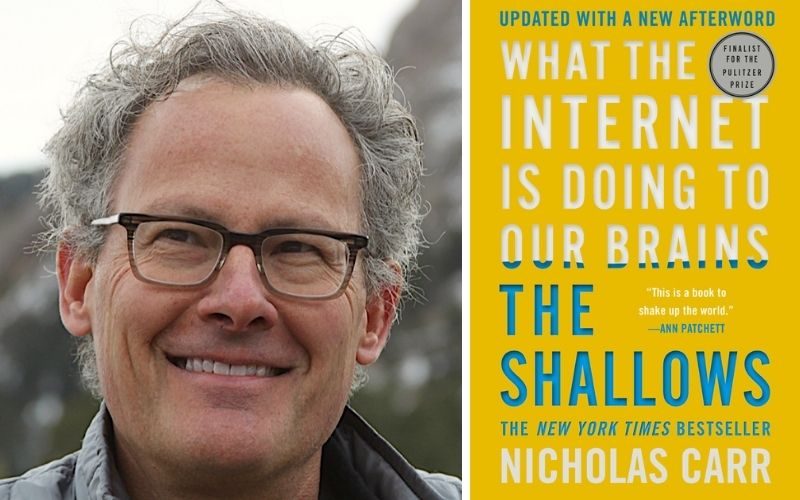
And, finally, reality is reality, all those down-home chemicals, cancers, catastrophies. A new outfit with the Environmental Working Group, The New Lede. PFAS, Monsanto, other pesticides, all covered by investigative journalists. You can attempt to “virtual reality” away the reality world. These are freaks! However, a hero like Carey Gillam has spent more than 25 years reporting on corporate America. She is the managing editor at The New Lede. Watch her over at RFK Jr’s site!
Reality for Us, the Unprivileged.
For a visitor to this rural part of eastern Nebraska, the crisp air, blue skies and stretch of seemingly endless farm fields appear as unspoiled landscape. For the people who live here, however, there is no denying that they are immersed in an environmental catastrophe researchers fear may impact the area for generations to come.
The signs of a silent poisoning are everywhere: A farmhouse has been abandoned by its owners after their young children experienced health problems; a pond once filled with fish and frogs is now barren of all life; university researchers are collecting blood and urine from residents to analyze them for contaminants; and a local family now drinks water only from plastic bottles because tests show chemical contamination of their drinking well. — Source, Carey Gillam
No matter how many hours you might be connected to a gamefied world, virtual and augemented, the chemicals will still bore their toxins into your cells until no amount of AI-VR-AR can save you!
Listen to these monsters . . .
And then, four hours learning about this global brain mentality. Good work by Wrench In the Gears:
And how many people are willing to go down these blockchain, decentralized technologies, social impact and reality priviledge and digital ID and crypo-funding? The Church of LDS is into Transhumanism. Keep your eye close on these folk, synthetic biology eugenics freaks.

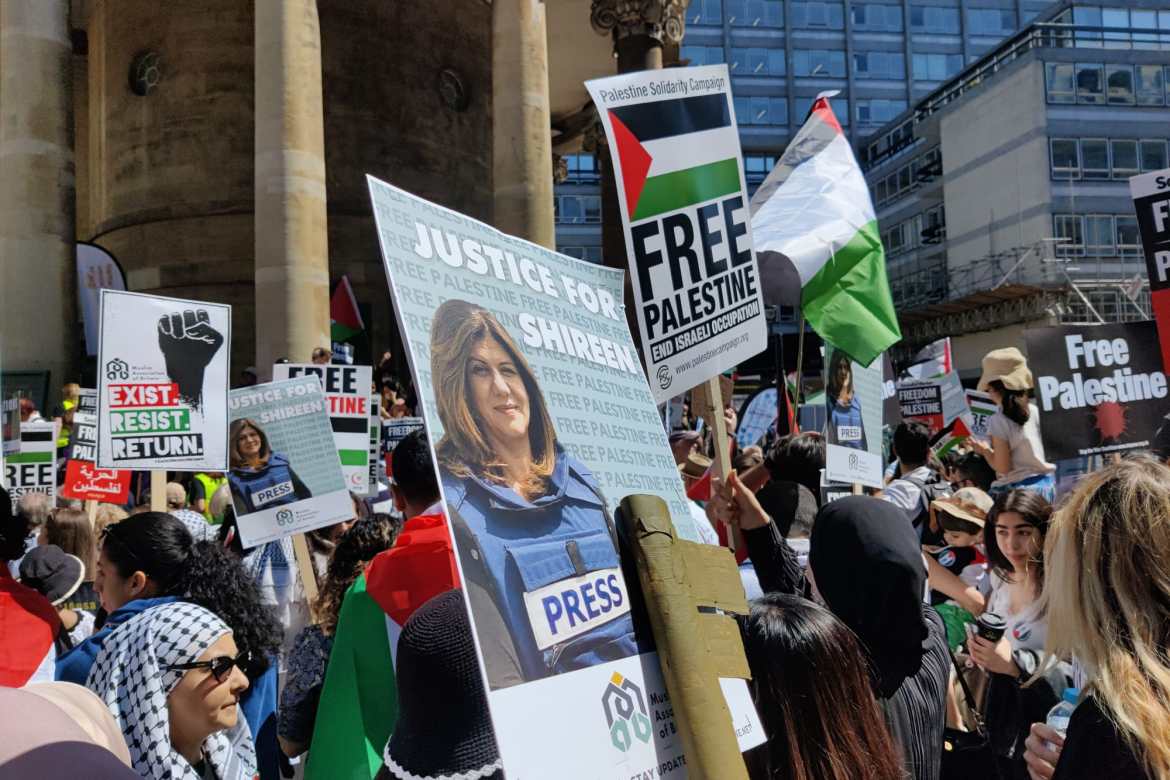
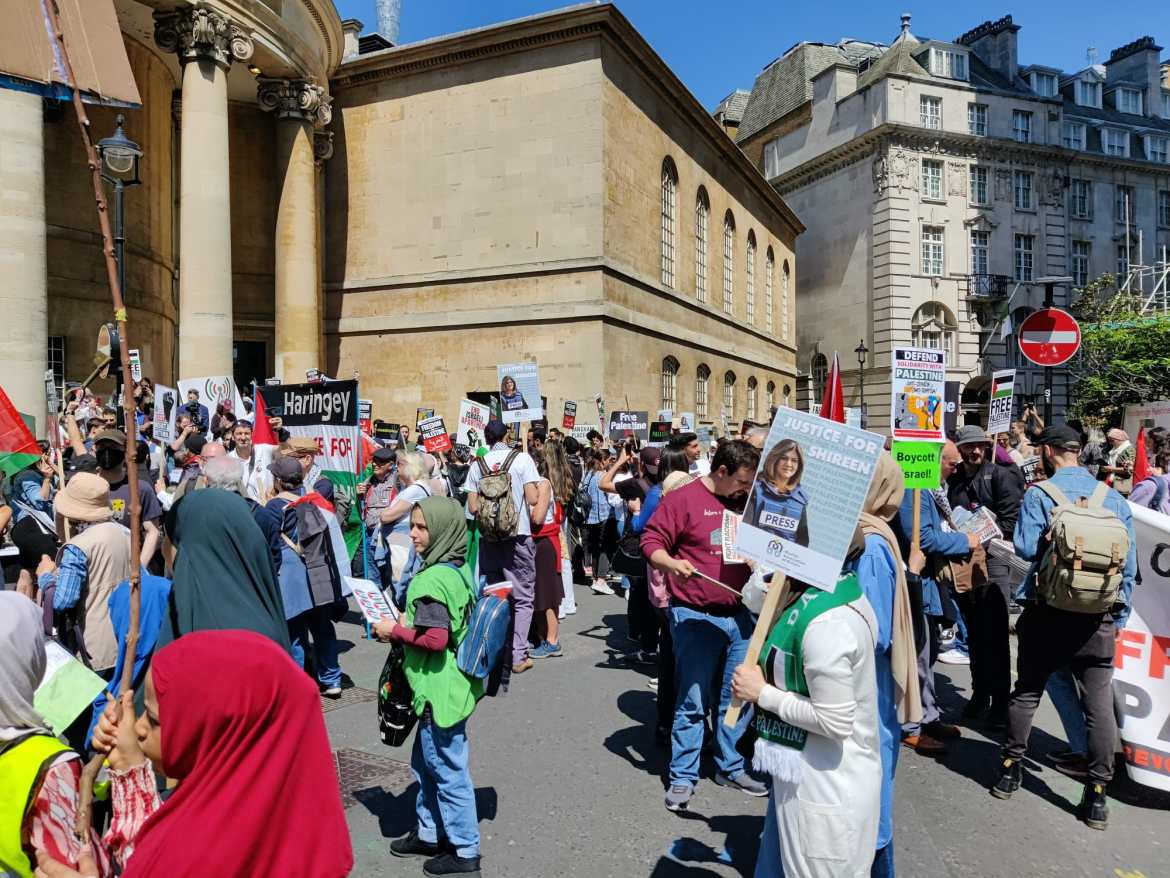

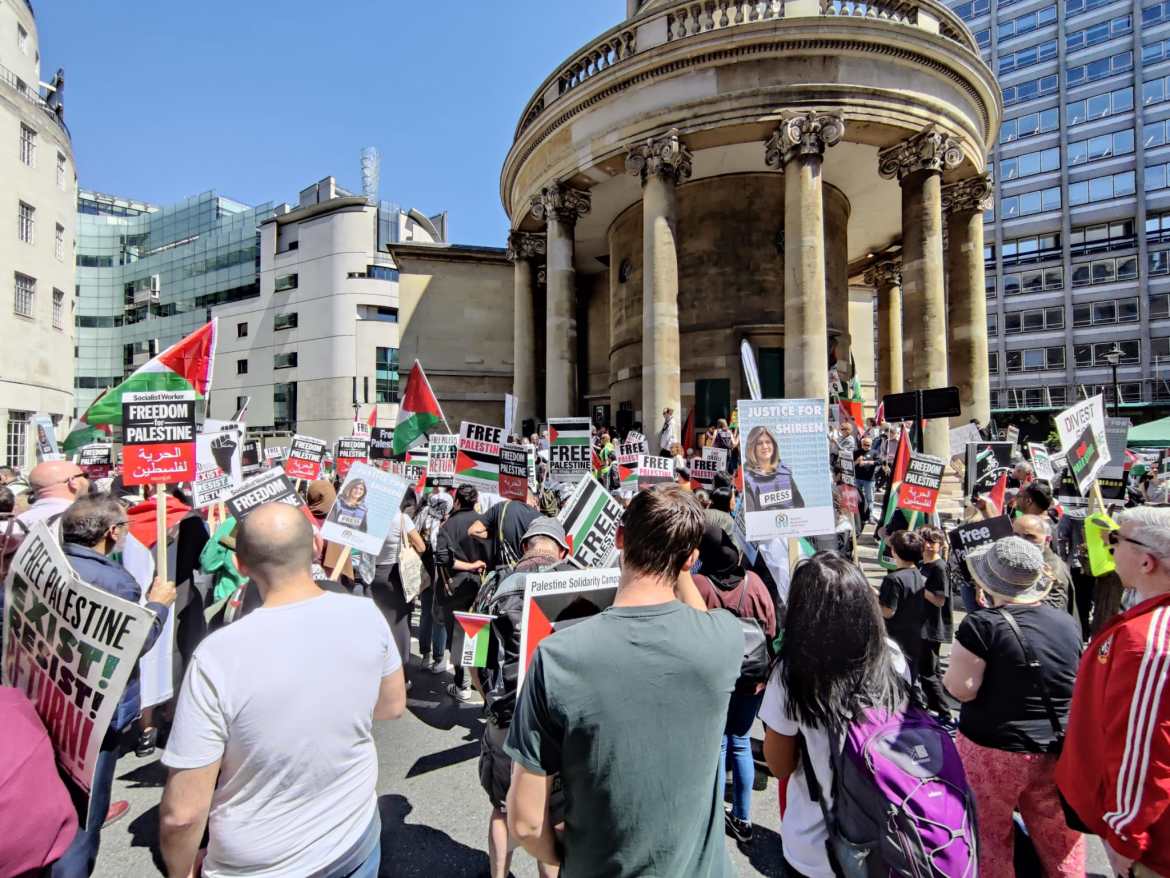
 The rally also commemorated the Nakba, the 1948 Palestinian exodus during the forming of Israel. [Al Jazeera]
The rally also commemorated the Nakba, the 1948 Palestinian exodus during the forming of Israel. [Al Jazeera]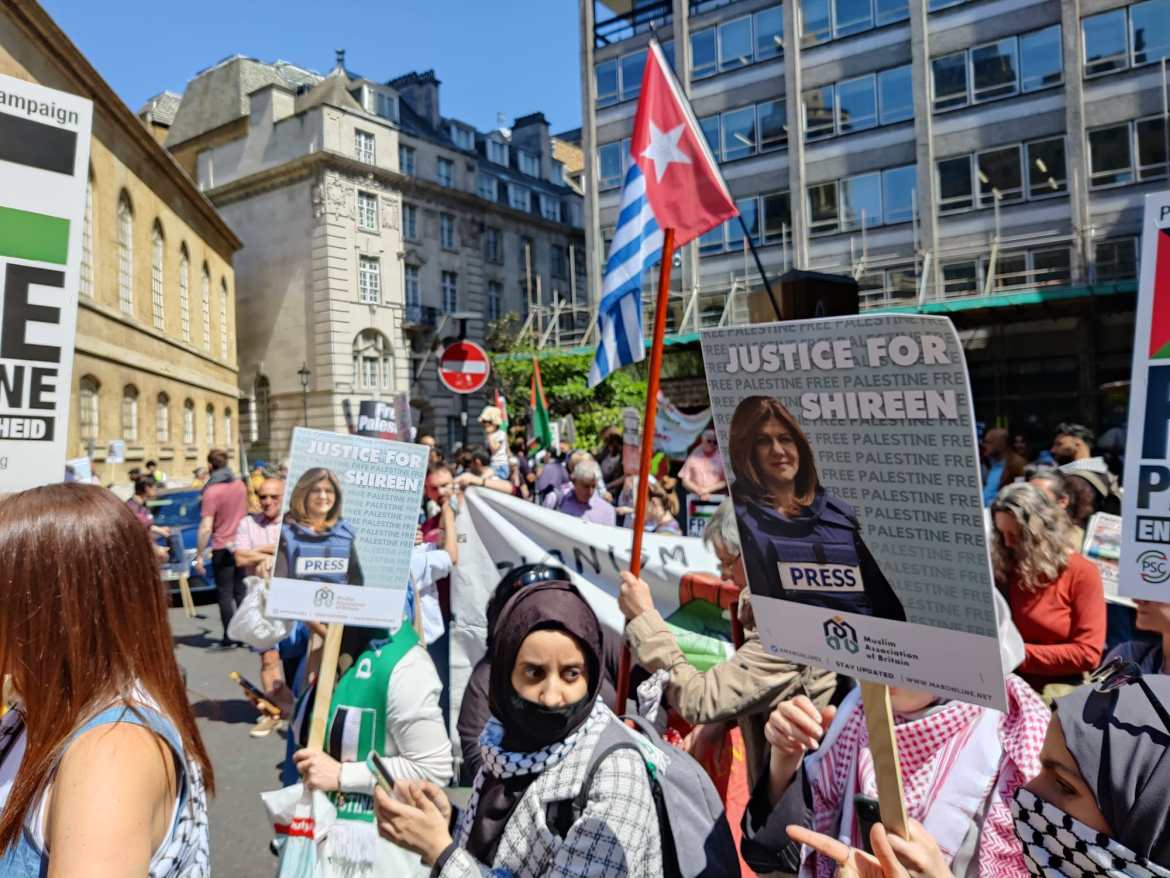 Additional police forces have reportedly been deployed to monitor and facilitate the demonstration. [Al Jazeera]
Additional police forces have reportedly been deployed to monitor and facilitate the demonstration. [Al Jazeera]